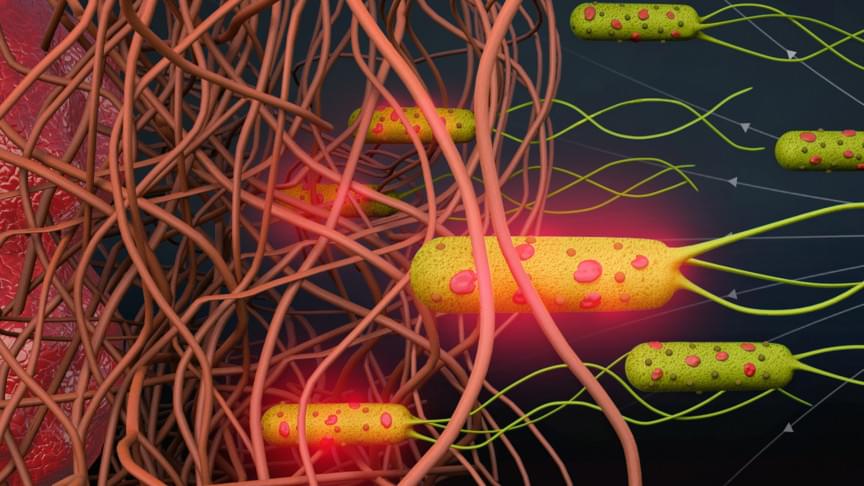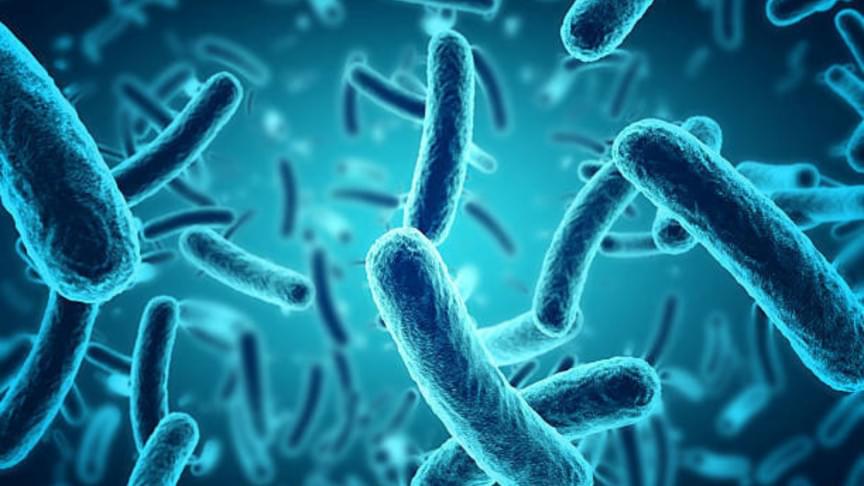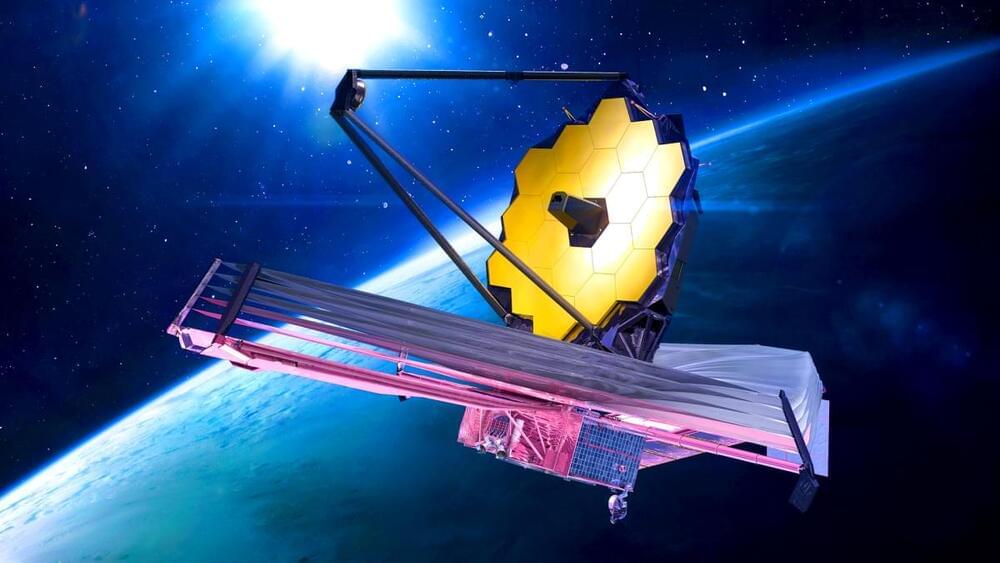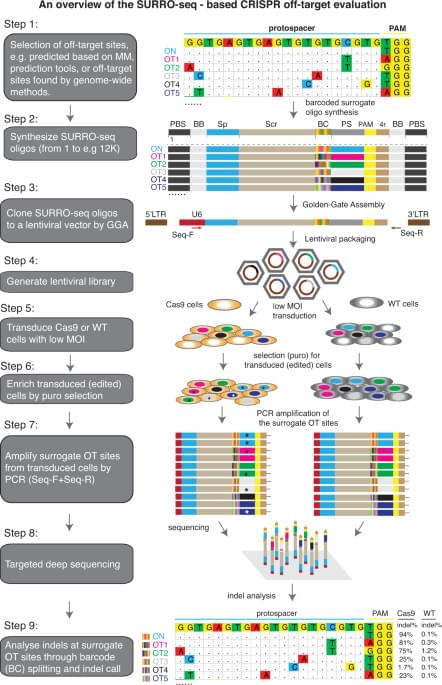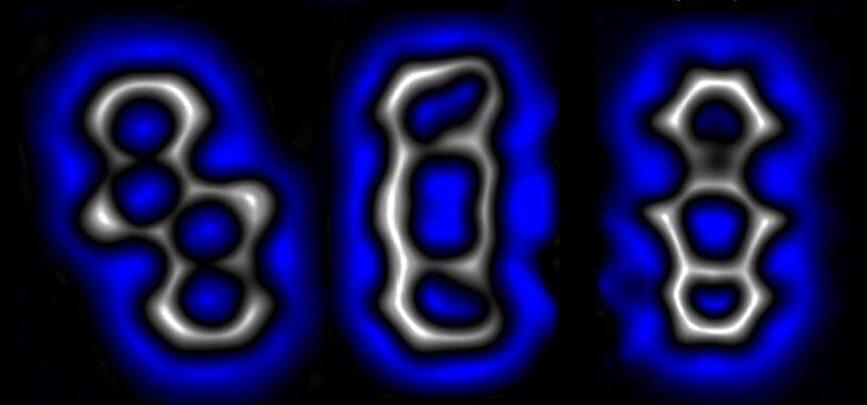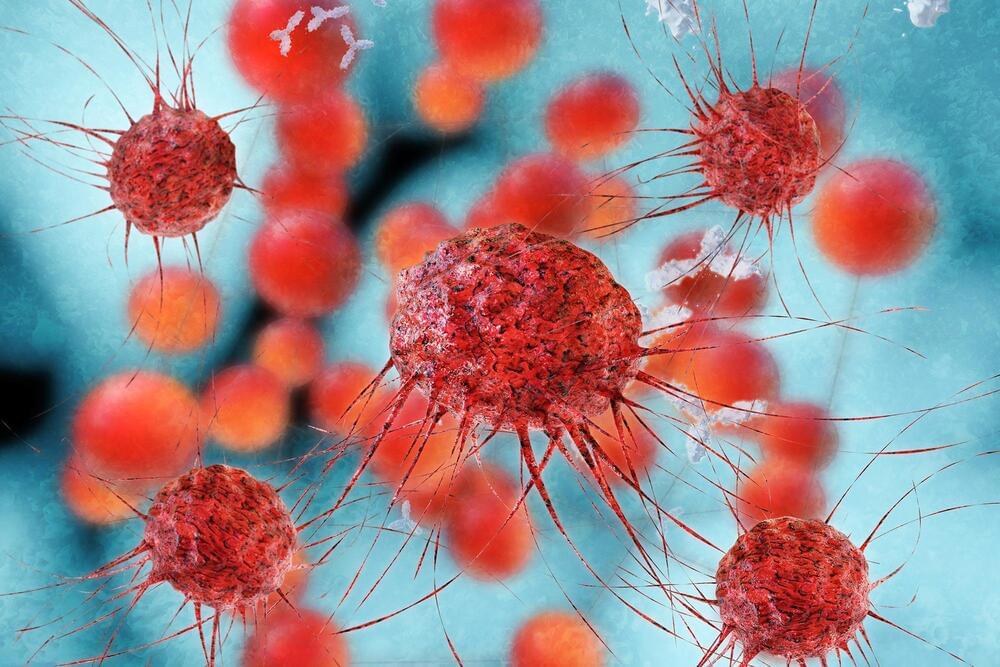Page 3729
Jul 18, 2022
A novel synthetic antibiotic can kill even drug-resistant bacteria
Posted by Gemechu Taye in categories: biotech/medical, computing
Jul 18, 2022
Space scholars explain why NASA’s warning that China may try to claim the Moon is unlikely
Posted by Gemechu Taye in category: space
Jul 18, 2022
James Webb Telescope glitch had NASA engineers completely freaking out: ‘It was very serious’
Posted by Gemechu Taye in category: space
Jul 18, 2022
X-Rays Could Carry Quantum Signals Across the Stars
Posted by Shubham Ghosh Roy in category: quantum physics
Hypothetical interstellar civilizations could employ such signals for lossless long-distance communication.
Jul 18, 2022
Swave Photonics Sees Holograms Getting Real
Posted by Jose Ruben Rodriguez Fuentes in categories: computing, holograms, virtual reality
Swave Photonics has designed holographic chips on a proprietary diffractive optics technology to “bring the metaverse to life.”
Can virtual reality become indistinguishable from actual reality? Swave Photonics, a spinoff of Imec and Vrije Universiteit Brussel, has designed holographic chips on a proprietary diffractive optics technology to “bring the metaverse to life.” The Leuven, Belgium–based startup has raised €7 million in seed funding to accelerate the development of its multi-patented Holographic eXtended Reality (HXR) technology.
“Our vision is to empower people to visualize the impossible, collaborate, and accomplish more,” Théodore Marescaux, CEO and founder of Swave Photonics, told EE Times Europe. “With our HXR technology, we want to make that extended reality practically indistinguishable from the real world.”
Continue reading “Swave Photonics Sees Holograms Getting Real” »
Jul 18, 2022
Massively targeted evaluation of therapeutic CRISPR off-targets in cells
Posted by Kelvin Dafiaghor in category: biotech/medical
Thorough evaluation of CRISPR RNA-guided nucleases off-targets in cells is required for advancing gene therapies. Here the authors report SURRO-seq for the simultaneous investigation of thousands of off-target sites for therapeutic RNA-guided nucleases in cells.
Jul 18, 2022
MIT Physicists Harness Quantum “Time Reversal” for Detecting Gravitational Waves and Dark Matter
Posted by Kelvin Dafiaghor in categories: cosmology, particle physics, quantum physics
A new technique to measure vibrating atoms could improve the precision of atomic clocks and of quantum sensors for detecting dark matter or gravitational waves.
Gravitational waves are distortions or ripples in the fabric of space and time. They were first detected in 2015 by the Advanced LIGO detectors and are produced by catastrophic events such as colliding black holes, supernovae, or merging neutron stars.
Jul 18, 2022
Chemists Just Rearranged Atomic Bonds in a Single Molecule For The First Time
Posted by Heather Blevins in categories: chemistry, engineering, particle physics, transportation
So precise.
If chemists built cars, they’d fill a factory with car parts, set it on fire, and sift from the ashes pieces that now looked vaguely car-like.
When you’re dealing with car-parts the size of atoms, this is a perfectly reasonable process. Yet chemists yearn for ways to reduce the waste and make reactions far more precise.
Continue reading “Chemists Just Rearranged Atomic Bonds in a Single Molecule For The First Time” »
Jul 18, 2022
A New, High-Risk Subtype of Cancer Has Been Discovered
Posted by Genevieve Klien in category: biotech/medical
Up until recently, almost all pediatric liver cancers were classified as either hepatoblastoma or hepatocellular carcinoma. However, pediatric pathologists have noted that certain liver tumors have histological characteristics that do not readily match either of these two carcinoma models. The outcomes for patients with these tumors are poor and the tumors are less likely to respond to chemotherapy.
Dr. Pavel Sumazin, an associate professor of pediatrics at Texas Children’s Cancer and Hematology Center and Baylor College of Medicine, sought to better understand this high-risk cancer.
